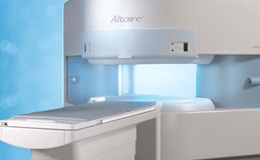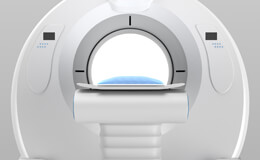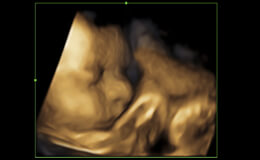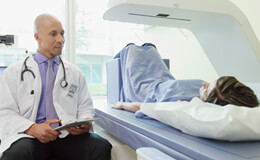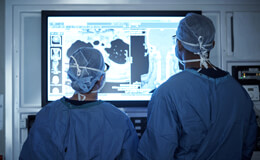
What is X-Ray?
X-ray has been called one of the most significant advances in all of medical history. It is used in many different ways in medical diagnosis. An x-ray image is produced when a small amount of radiation passes through the body and strikes a sheet of sensitive film placed on the other side of the body. The ability of x-rays to penetrate tissues and bone varies according to the tissue composition and mass. Bone, which contains calcium, does not let much radiation through and results in white images on the x-ray film. The lungs, which are filled with air, allow nearly all x-rays to strike the film resulting in a black film image.
Common uses of this procedure:
Probably the most common use of bone radiographs is to assist the physician in identifying and treating fractures. X-ray images of the skull, spine, joints, and extremities are performed every minute of every day in hospital emergency rooms, sports medicine centers, orthopedic clinics, and physician offices. Images of the injury can show even very fine hairline fractures or chips, while images produced after treatment ensure that a fracture has been properly aligned and stabilized for healing. Bone x-rays are an essential tool in orthopedic surgery, such as spinal repair, joint replacements, or fracture reductions.
X-ray images can be used to diagnose and monitor the progression of degenerative diseases such as arthritis. They also play an important role in the detection and diagnosis of cancer, although usually computed tomography (CT) or MRI is better at defining the extent and the nature of a suspected cancer. On regular x-rays, severe osteoporosis is visible, but bone density determination detects early loss of bone density. Bone density determination is usually done on special equipment.
How does it work?
Routine x-rays involve exposing part of the body to a small dose of radiation to produce an image of the internal organs. When x-rays penetrate the body, they are absorbed in varying amounts by different parts of the anatomy. Ribs for example, absorb much of the radiation and therefore, appear white or light gray on the image. Lung tissue absorbs little radiation and appears dark on the image. Usually all chest organs will appear normal, and the radiographs will be filed away. The exposed film is either placed in a developing machine, producing images much like the negatives from a 35-mm camera, or is digitally stored on computer. After a few months or years, the images may be used to compare with later radiographic views of the chest if illness develops.
Our X-Ray Services
Diagnostic X-Ray performs the following diagnostic procedures:
- Chest and Thoracic Radiographs
- Abdominal and Pelvis Radiographs
- Spine Radiographs
- Extremity Radiographs
- Fluoroscopy including Upper Gastrointestinal, Small Bowel, Barium Enema
Patient Comfort
You will not feel any discomfort during the procedure.
Examination Preparation
General x-rays require no preparation.
After the test:
The patient may leave immediately following the exam because the x-rays have no side effects.

